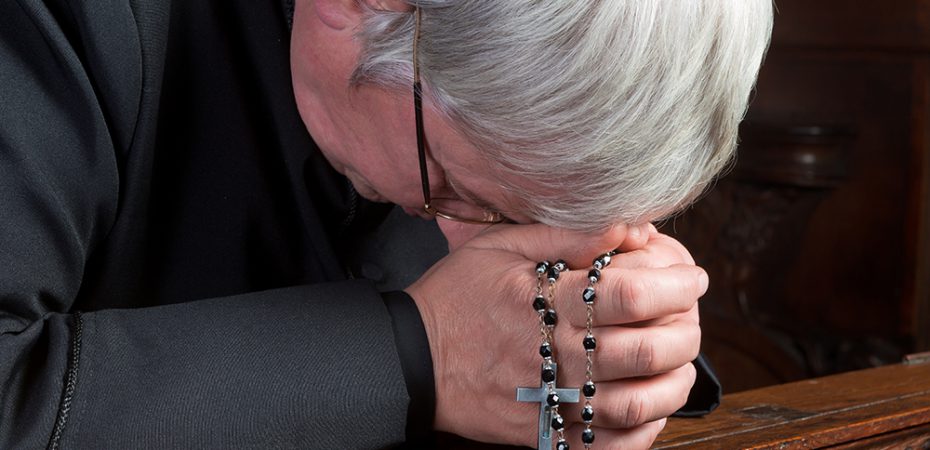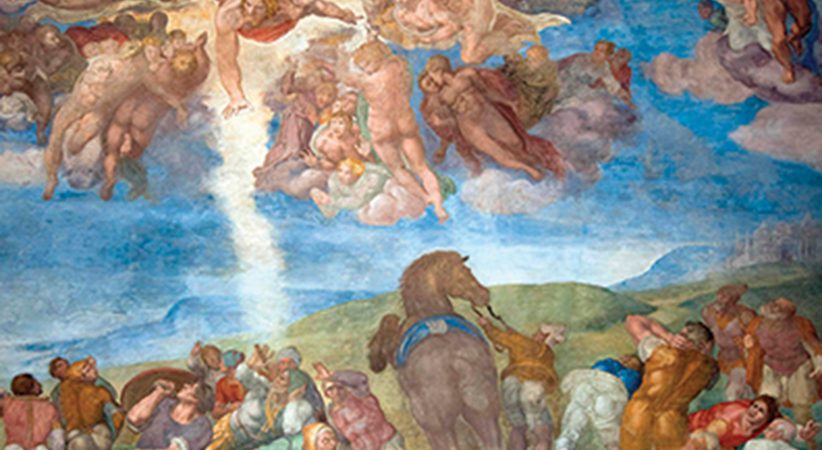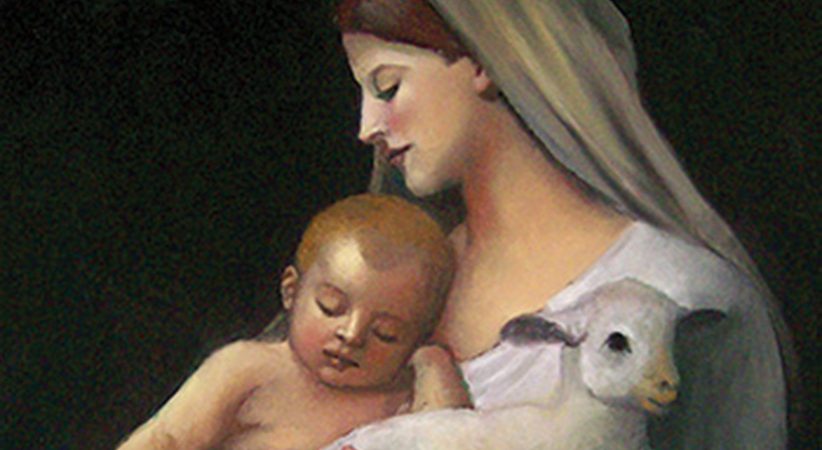Avoiding Burnout
Seeking brotherhood, professional help pulls priests upward
Jim Lundholm-Eades Comments Off on Avoiding Burnout
 Some years ago, at the request of a bishop, I spoke with nine priests of his diocese who had experienced a very significant level of burnout. All of them had periods of hospitalization, all were in therapy, and five of them were on prescription medication for anxiety, depression or other conditions related to their burnout. None of them, after a year or more, was back in ministry.
Some years ago, at the request of a bishop, I spoke with nine priests of his diocese who had experienced a very significant level of burnout. All of them had periods of hospitalization, all were in therapy, and five of them were on prescription medication for anxiety, depression or other conditions related to their burnout. None of them, after a year or more, was back in ministry.
My role was not therapeutic. It was to provide just one part of the answer to the bishop’s question about how to prevent a repeat of this in his presbyterate. The bishop’s question was largely systemic, not so much about them as individuals. Basically, I started by asking each of them to tell me their burnout story.
What I noticed in listening to them was a pattern that was common to every one of their stories. In the same order, some of the same signs that they were in trouble were repeated by each of them. In order, each began to let go of their praying the hours of the breviary, stopped taking the time for their Holy Hour, began isolating from their brother priests, and then the last of the four practices that got lost was doing spiritual reading or any other ongoing formation.
There were other signs, such as you would read in any clinical literature about burnout, but the similarity in the order in which those four practices appeared so early in their burnout narratives got my attention. They also reported that the guilt they felt over each one only accelerated their journey down the burnout pathway. These priests, it seems, did not have the insight during their early spiral downward to see those signs.
My conversations with these nine good and courageous men led me to look for more answers for this bishop who cared deeply about his priests. I interviewed nine experienced priests who were a generation older than the nine I already had interviewed. Based on the assumption that all priests face the stresses inherent in their vocational call, I asked each of them to tell me the story of times they had perhaps felt overwhelmed or like they were spiraling downward.
The first pattern that emerged was that all of this group knew from personal experience exactly what I was asking of them. They had all experienced times of realizing they were on a downward spiral, and the same four practices core to priestly life were mentioned as characteristic of that part of their narratives. These men all did two things that they say kept them from continuing their spiral downward.
First, they all actively sought out relationship with brother priests during the hard times and admitted to brother priests about their current vulnerability. Most of them also reported that the close relationships they had with one or more of their brother priests before they hit a hard time in their priestly life served them well when they needed it most.
The second commonality in the narrative of this group was that they actively asked for help from professionals when they could not find a way upward. They went to therapists, counselors or sometimes psychologists. Many commented that what was particularly helpful were the professionals who allowed them to just be the patient and did not focus on their role as priest.
So, what does this all mean for priests when they see a potentially downward spiral ahead for themselves? It means that priests are just as vulnerable to the stresses of life as anyone else, and that such vulnerability is not a sign of weakness or failure. It means that the quality of brotherhood among priests really matters all the time, not just during a time of personal crisis. It means that asking for help when you need it, whether from a brother priest or from professionals, is healthy. If this is not a normal part of the presbyteral culture of your diocese, it is worth the risk of working together to make it a cultural norm.
JIM LUNDHOLM-EADES is a consultant for the Leadership Roundtable, a Washington-based organization that promotes best practices in the management, finances and human resource development of the Catholic Church in the United States.





